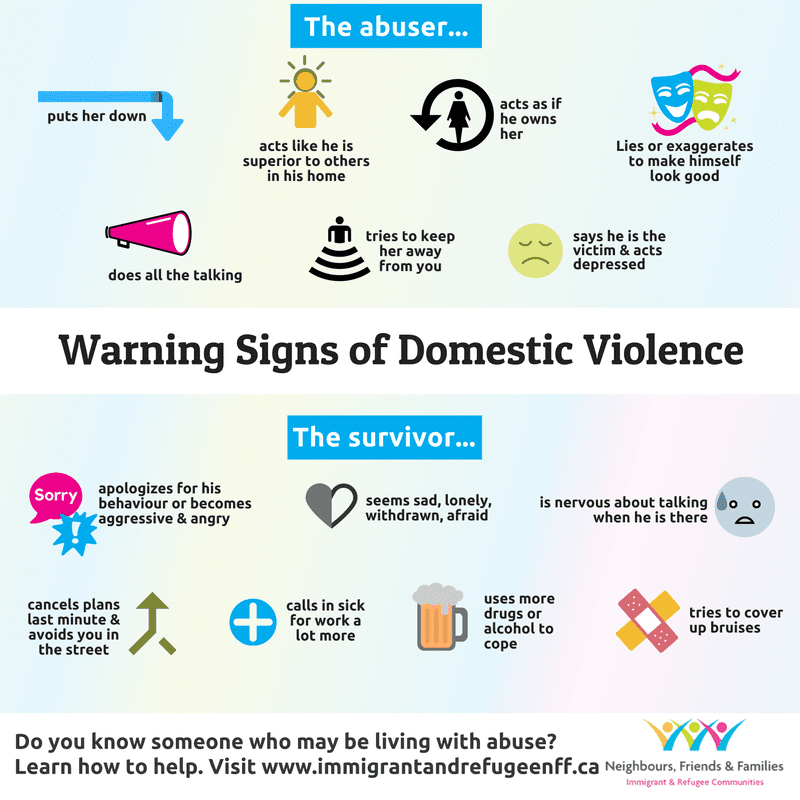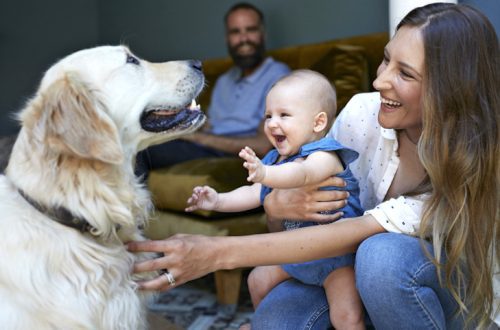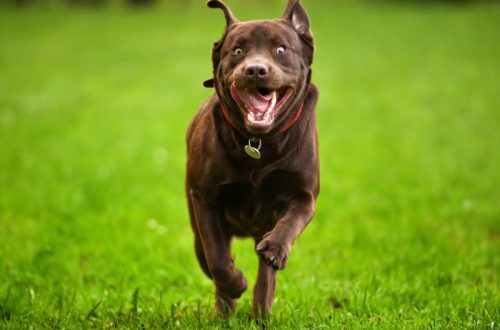
Aggression: Warning Signals
Dog owners sometimes face behavioral problems. And the biggest behavioral problem is biting. And most often domestic dogs bite – and they bite mainly either children with whom they live in the same family, or children of acquaintances.
 In the photo: dog aggression. Photo: google.by
In the photo: dog aggression. Photo: google.by
But accusations of dogs in unpredictability, to put it mildly, are not entirely fair. Because dogs communicate their intentions in no uncertain terms. Many problems can be avoided if you pay more attention to your dog’s welfare. After all, a bite for most of our pets is already an extreme measure when other means of communication have failed. How can you avoid dog aggression? There are 10 stages of a dog’s “last Chinese warning.” Every dog owner should be able to distinguish between them and stop in time.
Aggression: Warning Signals
- The dog yawns, closes his eyes, licks his nose. This is a sign of discomfort.
- The pet turns its head away.
- The four-legged friend turns his back to you.
- The dog is trying to get away. Everyone (especially children!) needs to learn to respect the dog’s right to “leave me alone.” And do not pursue it, and even more so – do not drive it into a corner in the literal sense.
- If the situation does not improve in any way, the dog flattens its ears.
- Then she presses her tail, shrinks herself.
- Lies on its side with legs stretched out. Many mistakenly take this posture as an expression of pleasure, this is a dangerous delusion. Pleasure and the demand for love and affection is when the dog exposes his belly. Pose stretched on the side – an urgent request: “please leave me alone!”
- The dog wrinkles his nose, grins, shows his teeth, looks into his eyes – this is a direct threat.
- The dog growls. This is already a red zone, the danger is close, but while the dog is still trying to communicate. Growling is not always a sign of an attempt to dominate. Dog asks finally leave her alone. And you can’t be punished for it. If what you are doing is not a matter of life and death, stop doing it and let the dog escape.
- If a person is still deaf to requests, the dog is forced to use the last weapon – to use his teeth.
The dog uses all the signals available to it. Our task is to be able to recognize them.
 In the photo: the dog warns of his intentions, but is still trying to negotiate peacefully. Photo: google
In the photo: the dog warns of his intentions, but is still trying to negotiate peacefully. Photo: google
Small dogs (although this may seem strange) often transition to biting much faster than large dogs. They can rapidly move through all stages to a growl. And there is an explanation for this. This happens because, most often, the little ones are convinced by sad experience that all the preliminary stages of communication are meaningless. For if a German Shepherd or a Rottweiler takes on a menacing look, most people will probably not go on the rampage. A lapdog or Yorkie is rather amusing and touching: oh, look, what a charm, he wants to seem big and brave! Woo-way!
The conclusion is simple: in order to avoid bites, you need to learn (and teach children) to understand dog language (they are learning to understand ours) and respect them, dogs, boundaries.





